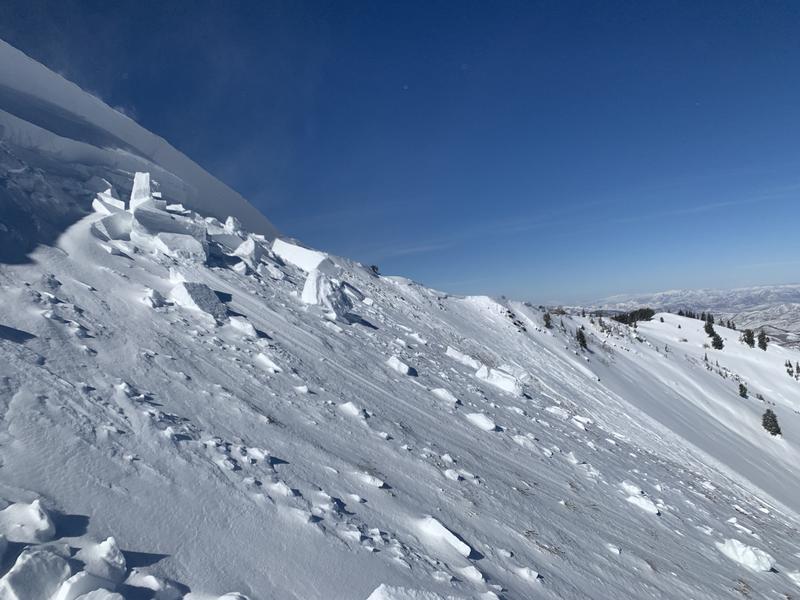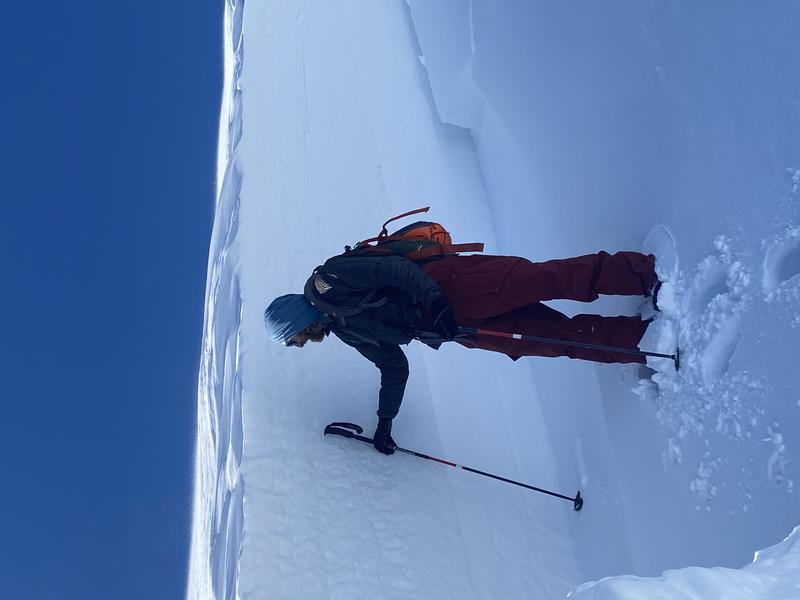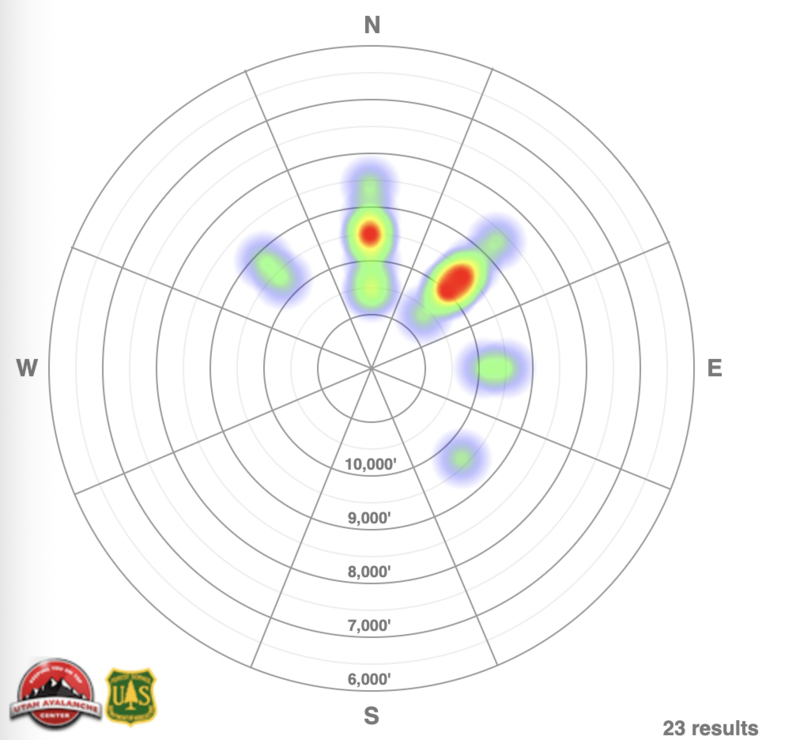Forecast for the Salt Lake Area Mountains

Issued by Nikki Champion on
Monday morning, February 8, 2021
Monday morning, February 8, 2021
The avalanche danger is CONSIDERABLE on all upper elevation aspects and mid-elevation aspects facing west, through north, through southeast. This past week's new snow and recent strong winds have overloaded the snowpack on many slopes at the mid and upper elevations. Dangerous avalanche conditions exist. Any natural or human-triggered avalanche can be up to 5' deep, several-hundred feet wide, and likely unsurvivable.
The remaining aspects have a MODERATE avalanche danger.
Choosing low angle terrain with no overhead hazard is critical today.
Remember: If you're leaving a resort boundary through an exit point, you are stepping into CONSIDERABLE avalanche danger.

Low
Moderate
Considerable
High
Extreme
Learn how to read the forecast here











